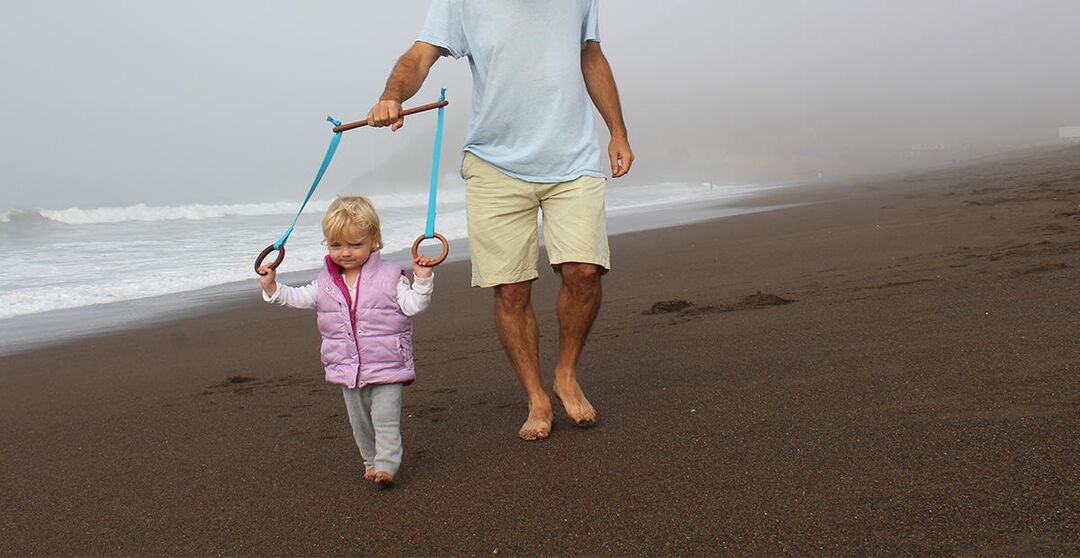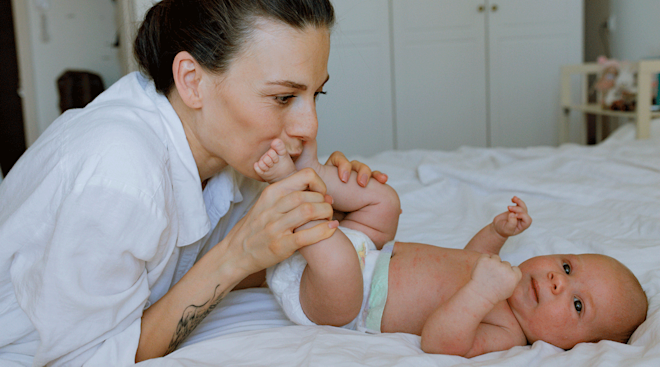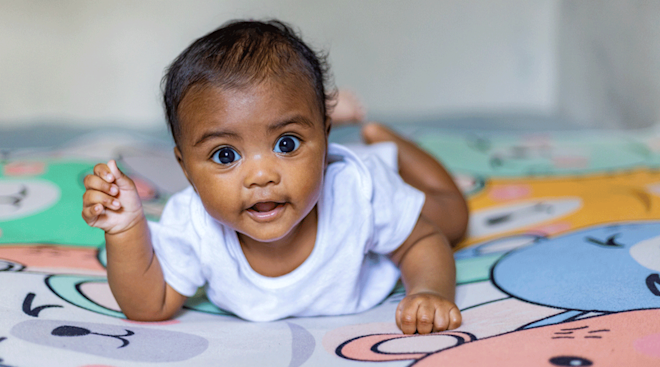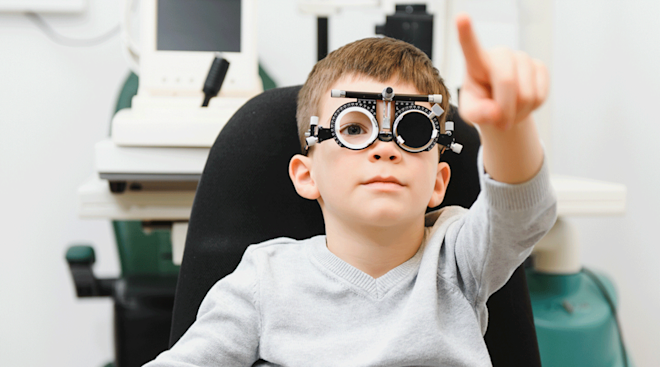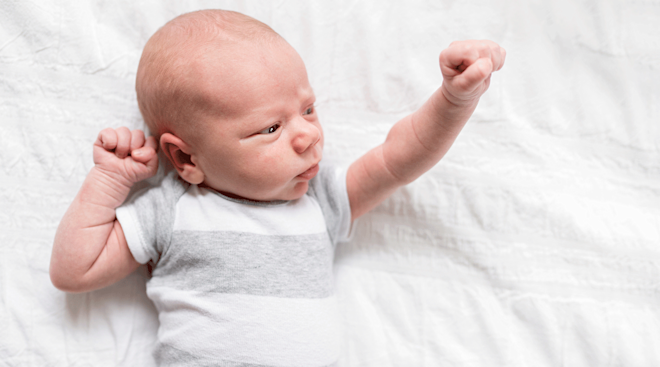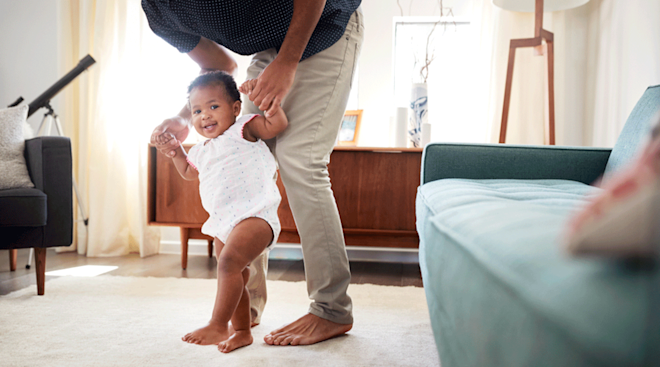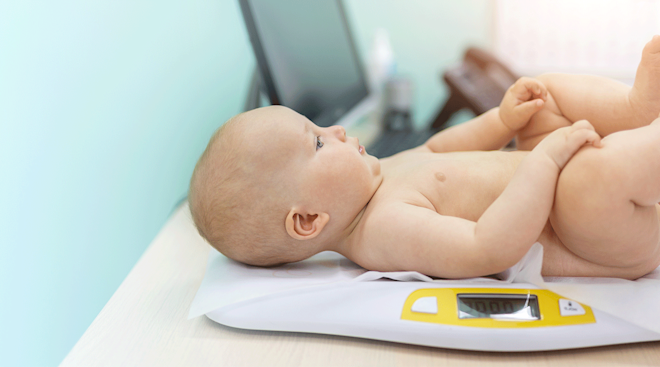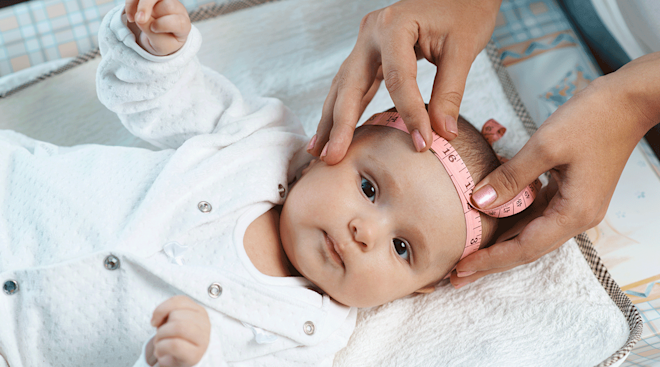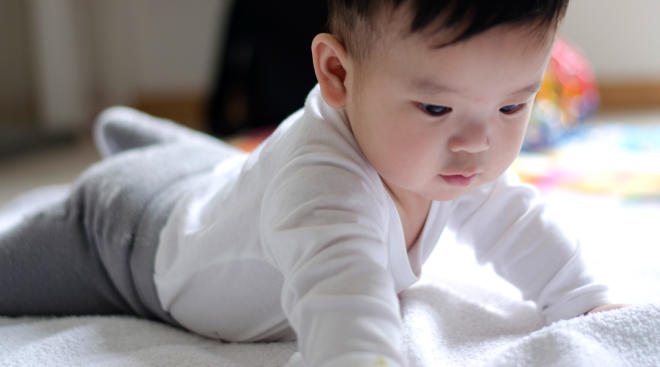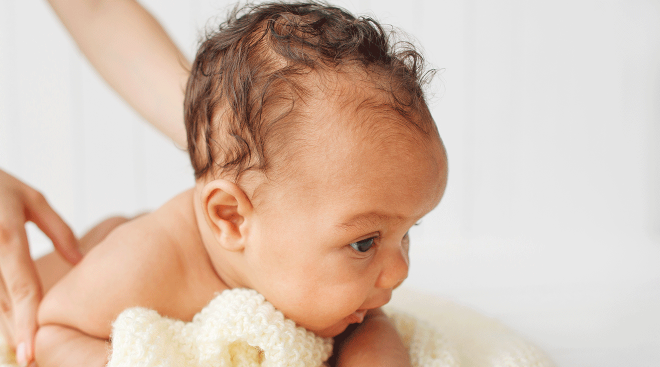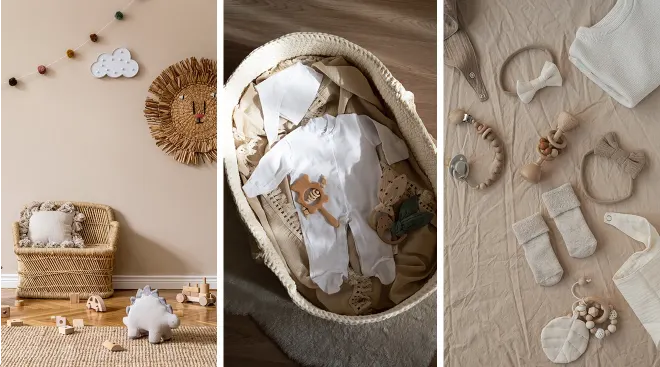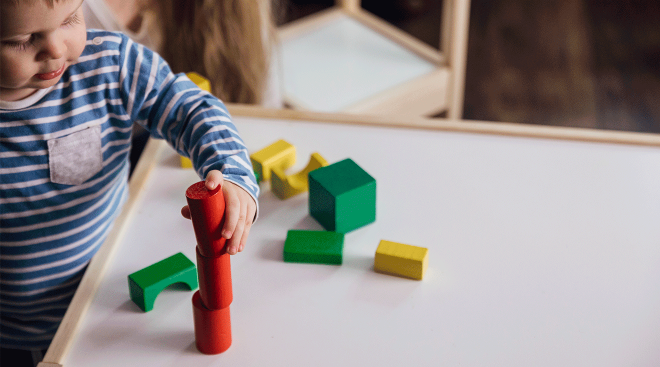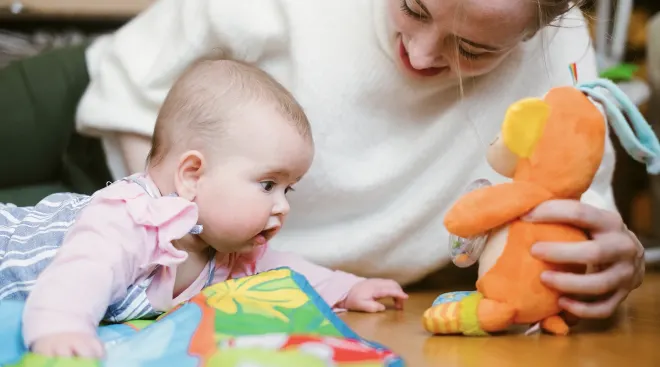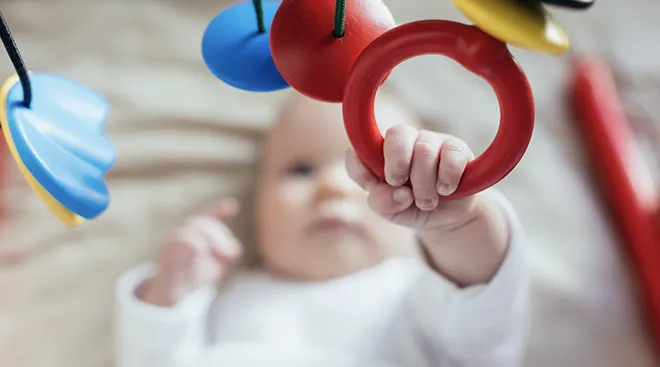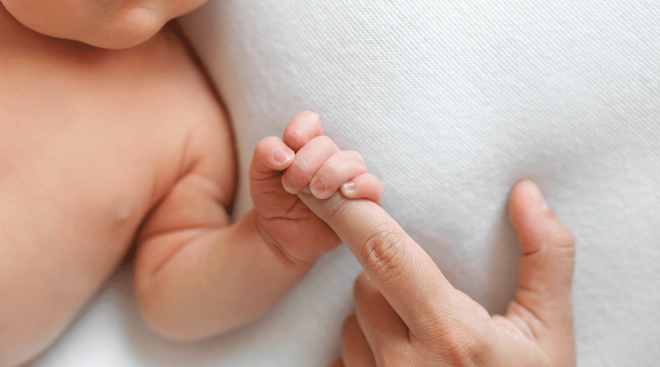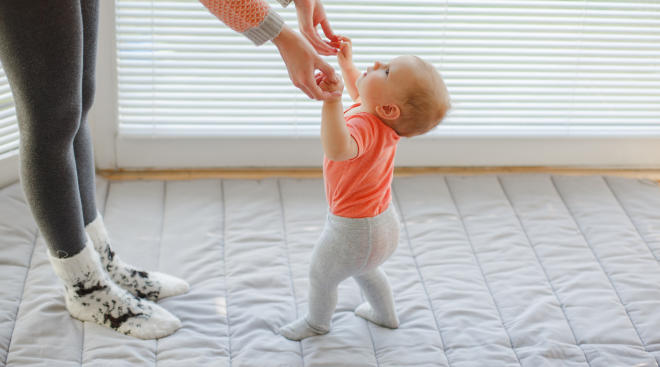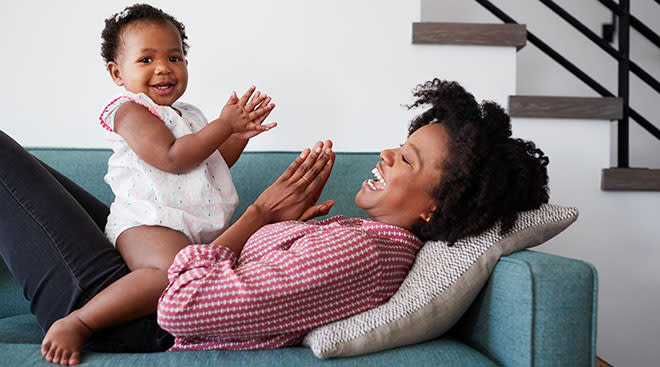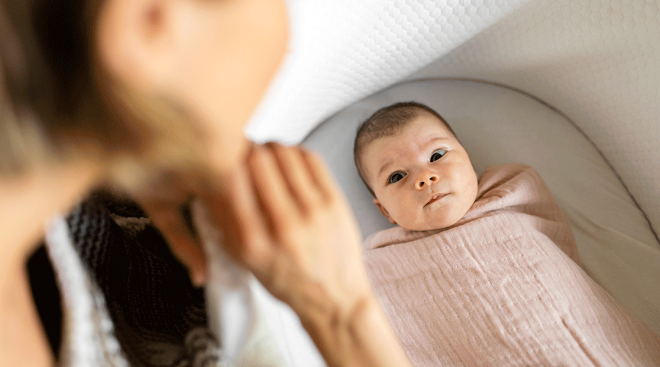Introducing a Very Different Kind of Walker
Once baby takes those precarious first few steps, you’ll do just about anything to encourage walking. Four dad friends know the feeling, and they wanted to come up with a way to make it a little more fun and a little more safe. Enter the Willa Walker, which will definitely be turning some heads at the park.
Resembling a piece of playground equipment more than a developmental tool, the Willa Walker is a set of rings attached to a piece of wood. It mimics the way most parents teach baby to walk—but saves your back by allowing you to stand upright, and requires baby to grasp the rings instead of your hands.
While it looks undisputably adorable, parents have been commenting on Facebook, questioning whether or not it’s necessary.
“Why? Let them walk when they’re good and ready. What’s the hurry?”
“Years ago they said it wasn’t safe for children to be in walkers because it put strain on their backs and could harm development. Could this also be true for this?”
“Unless your child is delayed due to a disability or other circumstance, I just don’t find this necessary. Babies sit up and walk when their muscles are ready. Most babies are walking between 9 months and 15 months.”
The team behind the Willa Walker, however, seems to have accounted for this feedback. And they don’t recommend using it before 9 months.
“Your baby is ready for the Willa Walker when they already are cruising around while holding your fingers or furniture AND can support their own weight AND can grip the rings on their own. This usually occurs sometime after the baby is 9 months old,” reads the FAQ page. “Don’t use it for any more time than you would have spent bent over straining your back. This way you will mimic tried-and-true parental involvement in development.”
It’s also not designed to help baby learn to walk faster: “Let your kid walk when they’re ready. Just make getting there less of a pain in your back.”
Despite the name, the Willa Walker shouldn’t be confused with a traditional baby walker, in which baby sits in the middle and uses their legs to wheel around. Those are strongly advised against by the American Academy of Pediatrics because of injuries associated with falls and giving baby the independent mobility to navigate towards thing they shouldn’t.
Whether you deem the Willa Walker a fun tool or totally unnecessary, it’s only available for pre-order right now. Thanks to a fully-funded Indiegogo campaign, the first batch will ship by the end of the month.
Please note: The Bump and the materials and information it contains are not intended to, and do not constitute, medical or other health advice or diagnosis and should not be used as such. You should always consult with a qualified physician or health professional about your specific circumstances.
Navigate forward to interact with the calendar and select a date. Press the question mark key to get the keyboard shortcuts for changing dates.
































